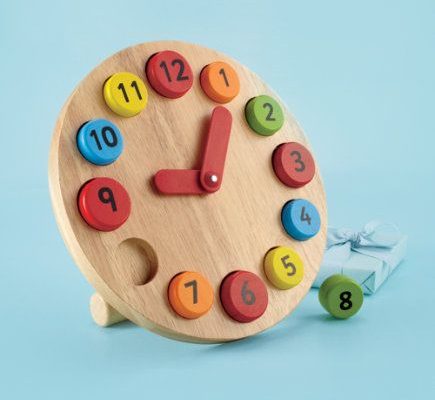How to Tell Time: 15 Steps

Introduction:
Telling time is an essential skill for managing our daily schedules and making it through life smoothly. For some, this comes naturally, while others may need a bit of practice. But don’t worry, in this article, we will break it down into 15 easy steps to help you master the art of telling time.
Step 1: Understand the Basics of Time
Before you start, get familiar with terms like hours, minutes, and seconds.
Step 2: Identify the Clock
Familiarize yourself with different types of clocks – analog and digital.
Step 3: Get Acquainted with the Analog Clock Face
Learn about the clock face’s layout with numbers from 1-12 representing hours.
Step 4: Learn about the Clock Hands
Understand the three clock hands – hour, minute, and second hand – and their purpose.
Step 5: Read the Hour Hand
Learn how to tell hours by observing the position of the hour hand.
Step 6: Read the Minute Hand
Understand how to tell minutes by observing the position of the minute hand.
Step 7: Read the Second Hand (Optional)
If your clock has a second hand, learn how to read it for precise timekeeping.
Step 8: Handle Time in Quarter Increments
Get comfortable with phrases like “quarter past” and “quarter to.”
Step 9: Master Reading Half Hours
Learn when to use terms like “half-past.”
Step 10: Understanding AM and PM
Distinguish between morning (AM) and afternoon/evening (PM) times.
Step 11: Read Digital Clocks
Familiarize yourself with reading digital clocks displaying time in numeric format.
Step 12: Handle Time Zones
Understand how varying time zones may affect your daily schedule or travel plans.
Step 13: Adjust for Daylight Saving Time
Know when to observe daylight saving time if applicable in your region.
Step 14: Practice Makes Perfect
Consistently practice reading both analog and digital clocks to build your skills.
Step 15: Teach Others
Share your knowledge and help others learn how to tell time efficiently.
Conclusion:
Telling time is a necessary skill for people of all ages. By following the steps mentioned in this article, you’ll be able to read both analog and digital clocks with ease. The key is consistency – keep practicing regularly, and soon, telling time will become second nature. Remember to be patient and enjoy the learning process!






